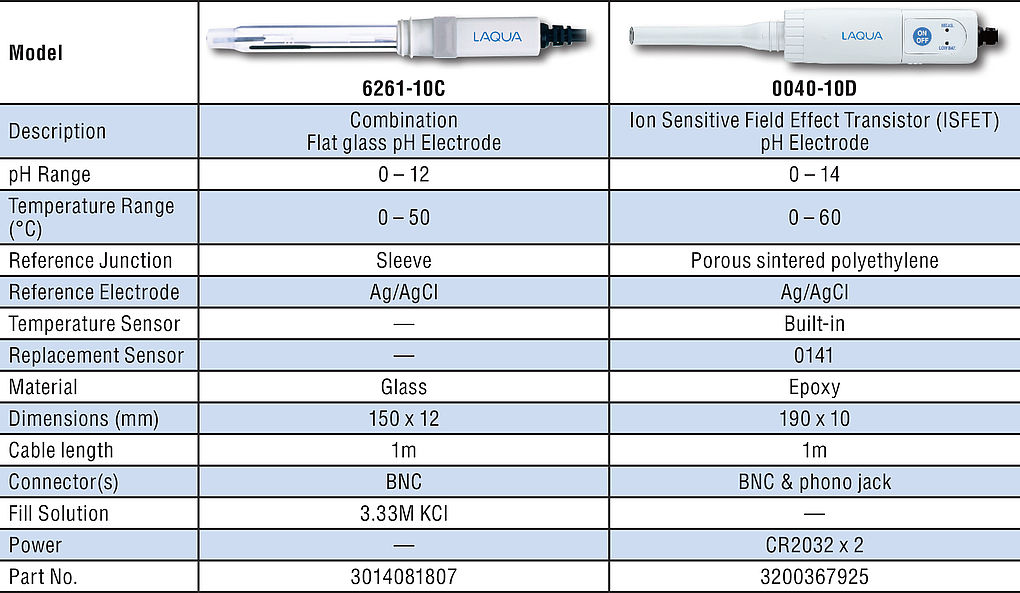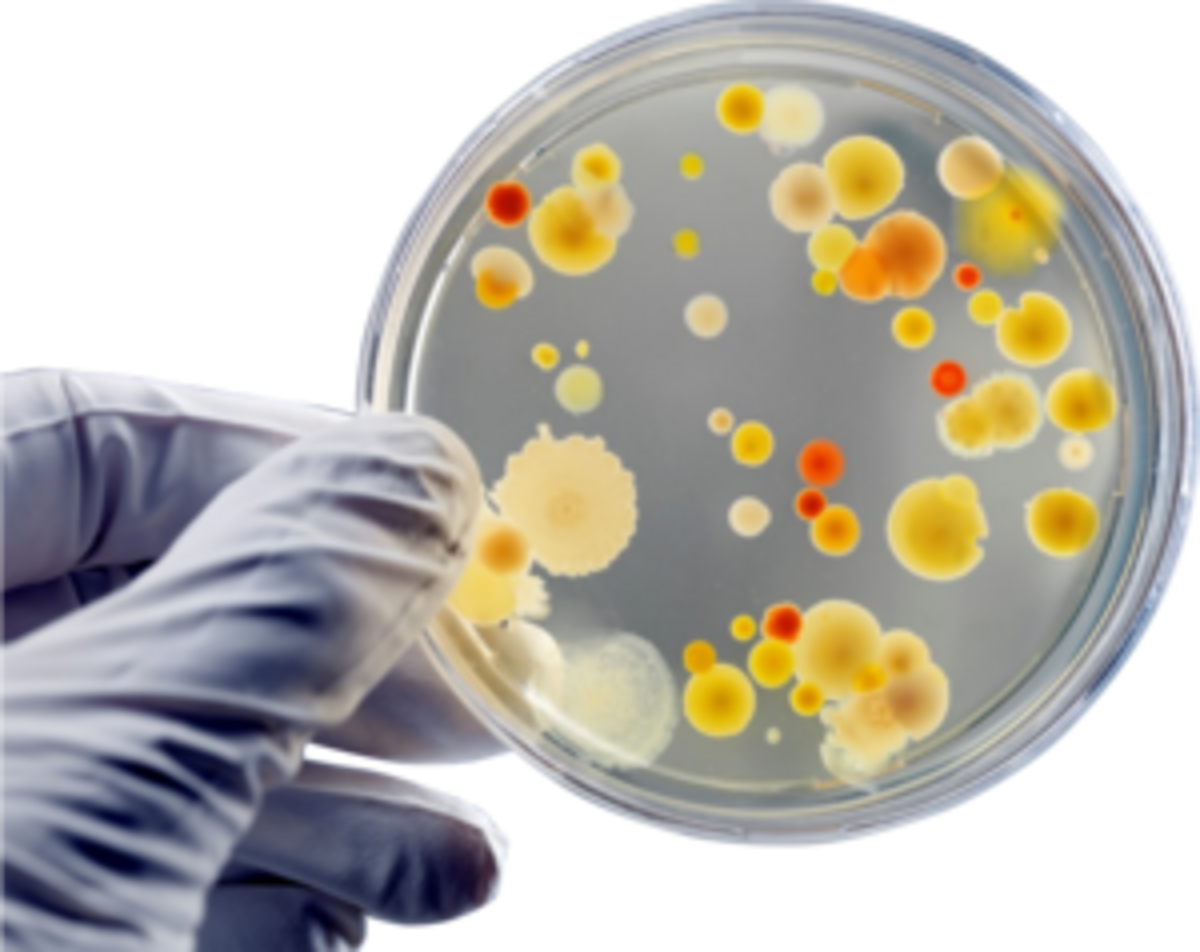

pH affects the physical appearance of culture media and their ability to grow microorganisms. Most bacteria grow in pH 6.5 - 7.0 while animal cells thrive in pH 7.2 – 7.4. Measure the pH value of culture media sample in final form at room temperature with a 6261-10C flat glass pH electrode or 0040-10D ISFET pH electrode and pH meter to ensure the quality of each batch.
In laboratories, microorganisms such as bacteria, yeast, fungi, animal cells, and plant cells are cultivated in favourable growth environments known as culture media or growth media for various microbiological tests. Culture media contain nutrients, growth promoting factors, energy sources, buffer salts, minerals, metals, and sometimes solidifying or gelling agents (agar) to support the growth and survival of microorganisms. They can be prepared in-house by mixing individual components or purchased commercially as complete dehydrated media and may form as liquid (broth), semi-solid, or solid (agar plate, slant, or deep tube) depending on the solidifying or gelling agent content. Different types of culture media are designed for different types of microorganisms and applications.
Apart from complete nutritional composition, right and stable pH is another important requirement for optimum microbial growth in culture media. The pH of a culture medium should be suitable to the microorganisms that will be grown. Most bacteria grow in pH 6.5 - 7.0 while most animal cells thrive in pH 7.2 – 7.4. As certain microorganisms like bacteria tend to release acidic products that can interfere with their growth, buffers are added in culture media to stabilize the pH. Media manufacturers adjust the pH values of dehydrated media so that the final pH values of the finished culture media conform to the specifications on the product labels when cooled to 25°C.
Prior to use, each batch of culture media must undergo quality control tests. The most important chemical test is pH measurement as pH influences the performance of culture media. If the pH of the finished culture medium is outside the recommended range, not only the growth of the microorganisms that the culture medium is intended to grow is inhibited, but also physical changes such as precipitation of components or soft gelling of agar may occur. Routine pH checks in liquid, semi-solid, or solid culture media can be simply carried out with pH meter and pH electrode after proper calibration with pH buffers.
Flat pH electrodes, also called flat bottom pH electrodes, flat tip pH electrodes, and flat surface pH electrodes, are commonly used in measuring pH of culture media, especially for agar plates. Both the sensing membrane and reference junction of the flat pH electrode are constructed on the flat surface tip of the electrode body. This tip configuration is perfect for measuring pH of single drop or small volume of liquid samples as well as moist surfaces of soft solid or semi-solid samples such as meat, paper, skin, cloth, cheese, leaves, leather, bread dough, and culture media.
HORIBA offers two types of flat pH electrodes which are based on two different electrode technologies, the 6261-10C combination flat glass pH electrode and 0040-10D ion sensitive field effect transistor (ISFET) pH electrode. The pH sensitive part of the former is a glass membrane based on pH glass electrode technology while that of the latter is a miniature semiconductor-based sensor using pH transistor technology. The 6261-10C is a refillable combination pH electrode with glass body that is resistant to chemical attack and sleeve junction that prevents clogging because of its relatively high flowrate compared to conventional ceramic junction. The 0040-10D is designed with ISFET chip and non-glass body, which make it rugged, unbreakable, low maintenance, and waterproof. The advantages of 0040-10D over 6261-10C are as follows:
Features of 0040-10D ISFET pH electrode:

Since pH is temperature-dependent, use a pH meter with ATC capability. If 6261-10C pH electrode is used, measure the temperature of pH buffers using a calibrated thermometer and enter the value into the pH meter. This will allow the pH meter to compensate the temperature effect in the calibration.
After calibration, each slope should be within 95 – 105%. If slope is not within this range, change the pH buffers and clean, drain / refill (only applicable for 6261-10C), and condition the pH electrode according to instruction manual.
Measure the pH of culture media at room temperature (20 – 25°C) unless otherwise specified by the media manufacturer. To obtain accurate results, pH buffers and samples should be at the same temperature.
Laboratory-prepared media should be checked for pH and adjusted with 1M NaOH or 1M HCl (if necessary) before dispensing for sterilization. Verify pH after sterilization as changes in pH may occur. In contrast, commercially available dehydrated media usually require no pH adjustment if properly prepared, so a single sample of sterilized finished culture media can be checked for pH. For agar-based culture media, take the pH of the solidified sample.
Always store the pH electrode clean. To remove protein residues from pH electrode, use HORIBA 250 cleaning solution and warm water. For more information on cleaning and maintenance, refer to the electrode instruction manual.
6 October 2017, Rev. 0
Do you have any questions or requests? Use this form to contact our specialists.

